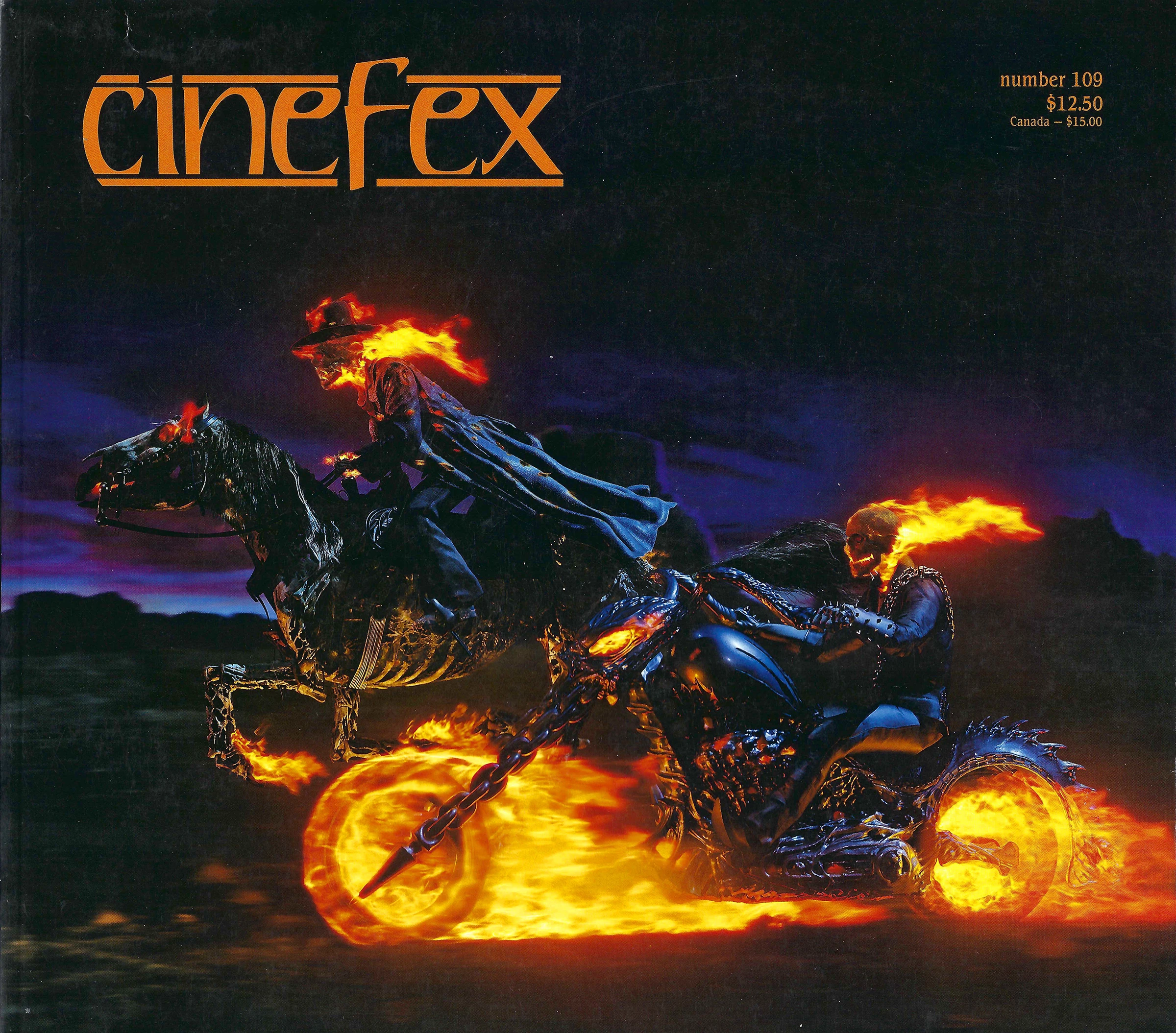Simulating Reality on Film
Artistry and Coding in Effects Animation
Description
I worked in the US Film Industry after graduate school in 1996. For the first 8 years I was lighting and compositing. In 2004 I moved to effects animation, a more technical but generalist role that handles the visual elements that don't fit in the standard animation pipeline. The role was called Technical Director, Animator or Artist in different places and the people I worked with spanned a wide spectrum of artistic talent and technical know-how that defies easy categorization.
Tools
- Houdini
- Nuke
- Katana
- C-Shell
- Python
Role
Effects TD
Year
2004-2013
REEL BREAKDOWN
An effects demo reel is usually sent along with a cv and a hard copy breakdown of the work.
It's pretty straightforward and devoid of the overt salesmanship of a design pitch meeting. Execution at a high standard is a given focusing on almost subliminal details that most people barely notice. The interview verifies if the candidate did the work they are presenting and if there are any personality issues that would make them a poor fit in a production context characterized by:
- Teamwork.On film projects I collaborated in person or remotely with a minimum 200+ member crews of other artists, production, and creative leadership.
- Iterations. On a daily basis, my work was looked at in isolation and in the context of other elements until each shot was complete. If the direction changed I was responsible for saving and logging my work so that any iteration could be recreated with the asset management tools to match a previous iteration.
- Tight Deadlines. Movie release dates rarely change. All the work shown is done on a tight schedule with resources re-allocated as needed to meet the deadline.
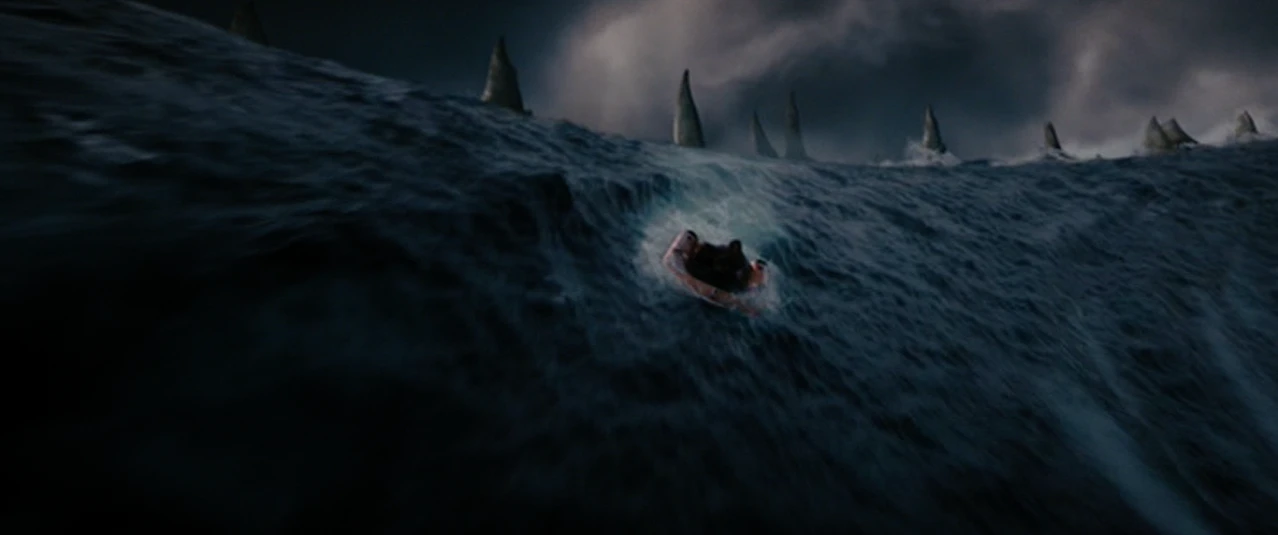
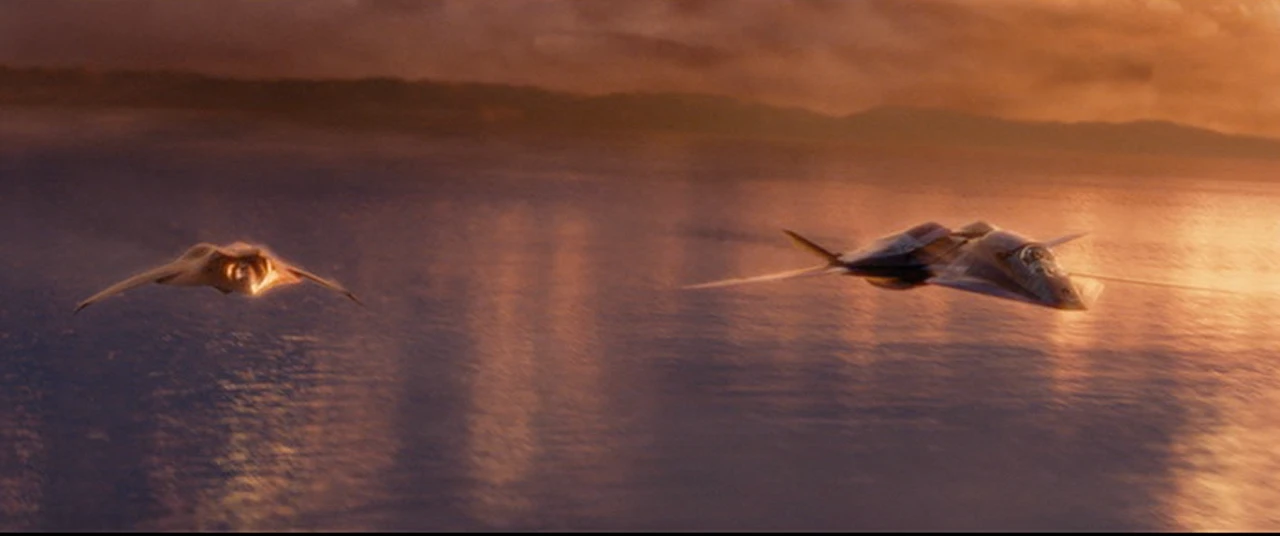
Art Directed
We are simulating natural phenomena that would be too dangerous, difficult, or expensive to film in real life. Or it maybe it's at a scale that's never been seen before or in a context that only exists in a concept illustration. The key to success was not straying too far from the natural results of the physics based simulation while meeting the needs of art direction that's focused on telling the story from the camera point of view.
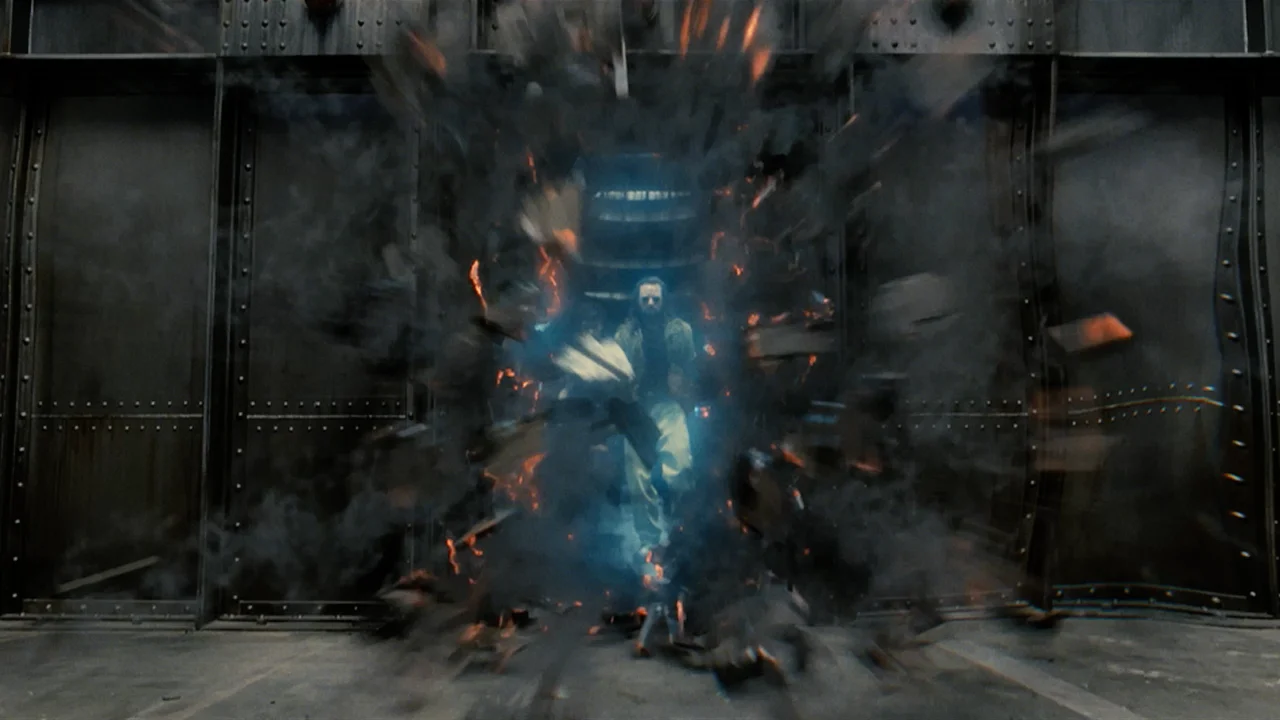
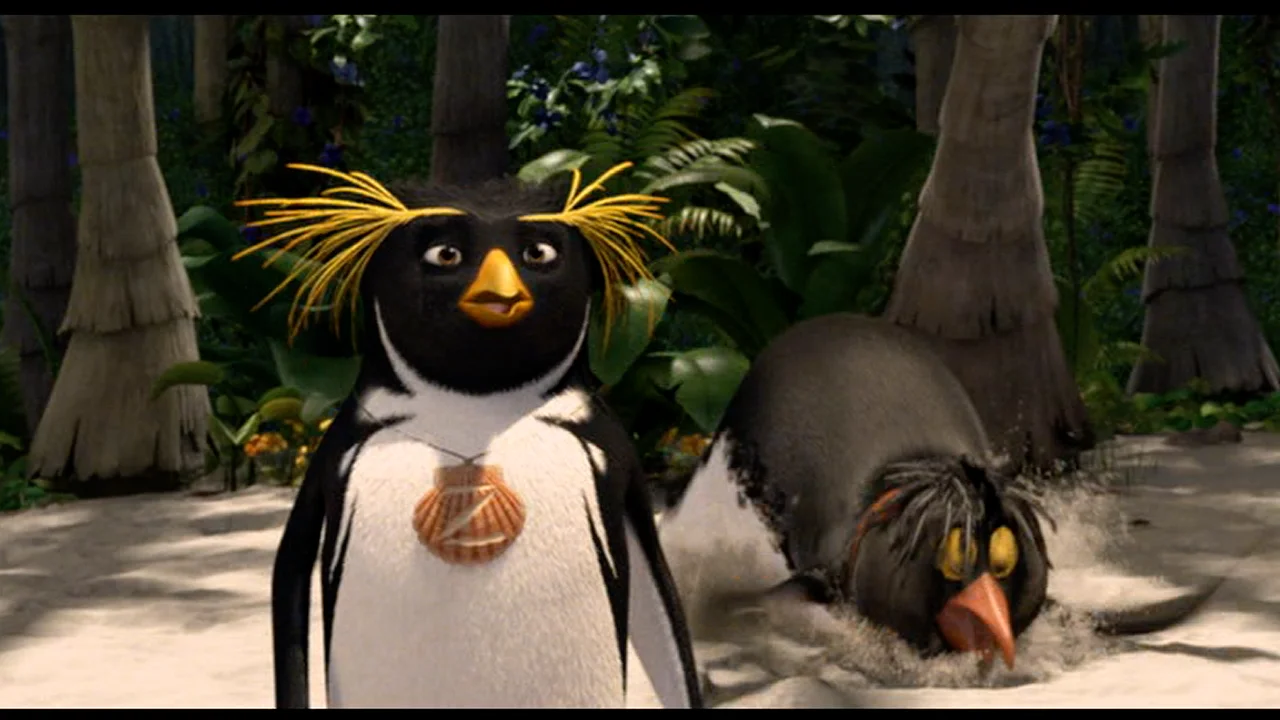
Simulation vs Keyframe Animation
As an effects animator I primarily worked with SideFX Houdini. It's a node based visual programming package used to animate physically based simulations of fire, water, destruction and other natural and manmade phenomena.
Unlike keyframe based animation, simulations are a scaled down version of a physical event where I would set parameters of forces, materials, boundaries and other conditions that could affect the simulation. Once the parameters are set the simulation has to run sequentially from the starting point through the most of the shot length before we could see the entire results. The workflow can be compared as baking to stir frying.
The simulations generate volume data, geometry, or particles that are lit then rendered into final 2D frames.
The frames are composited with plate photography and other CGI elements into a seamless whole with Nuke, a node based analogue to Photoshop. Depending on the type of movie and the complexity of the shot I might be responsible for the final composite.
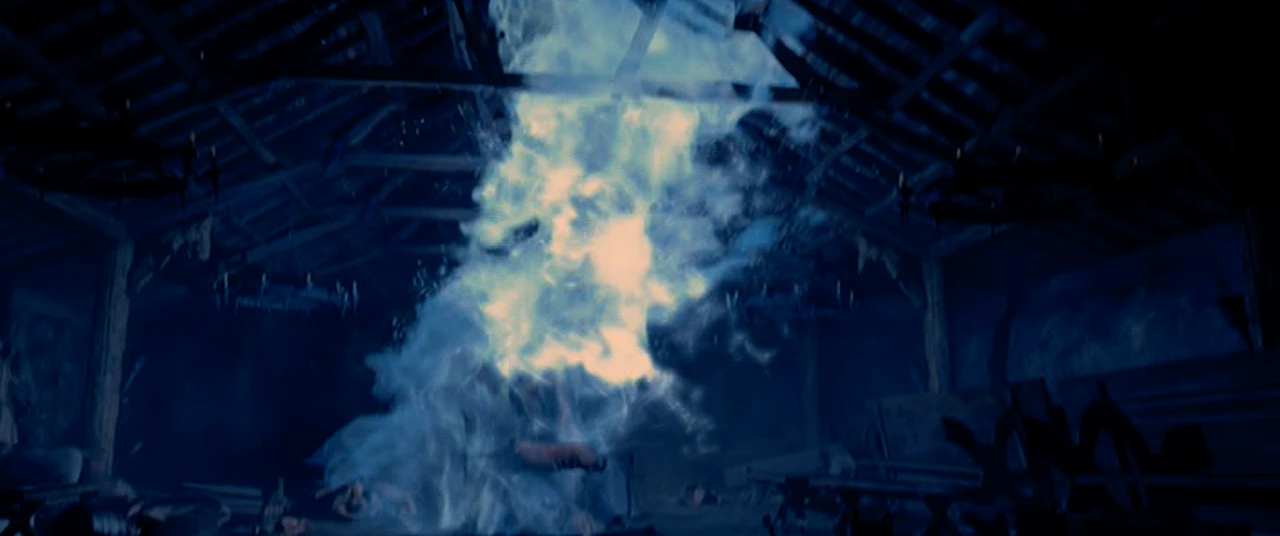
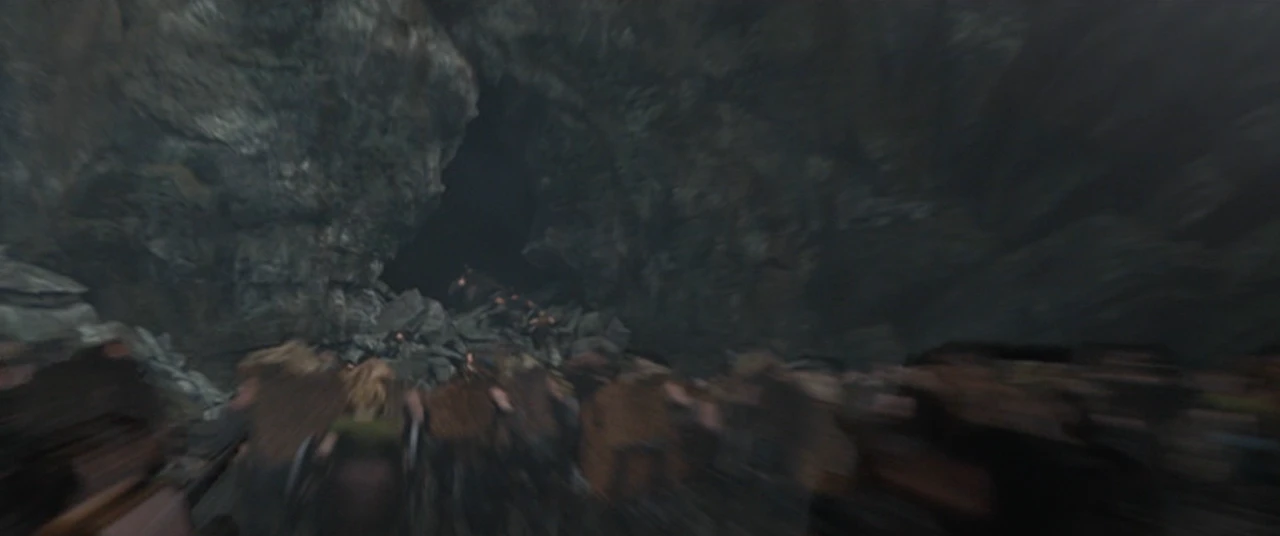
Technical
Simulations are computationally intensive ie take up lots of computer resources. As artists we were responsible for being economical with our resources so we could get feedback on our work in a reasonable amount of time.
We worked in a command line environment that allowed us to chain processes with scripting languages like c-shell, perl and python.
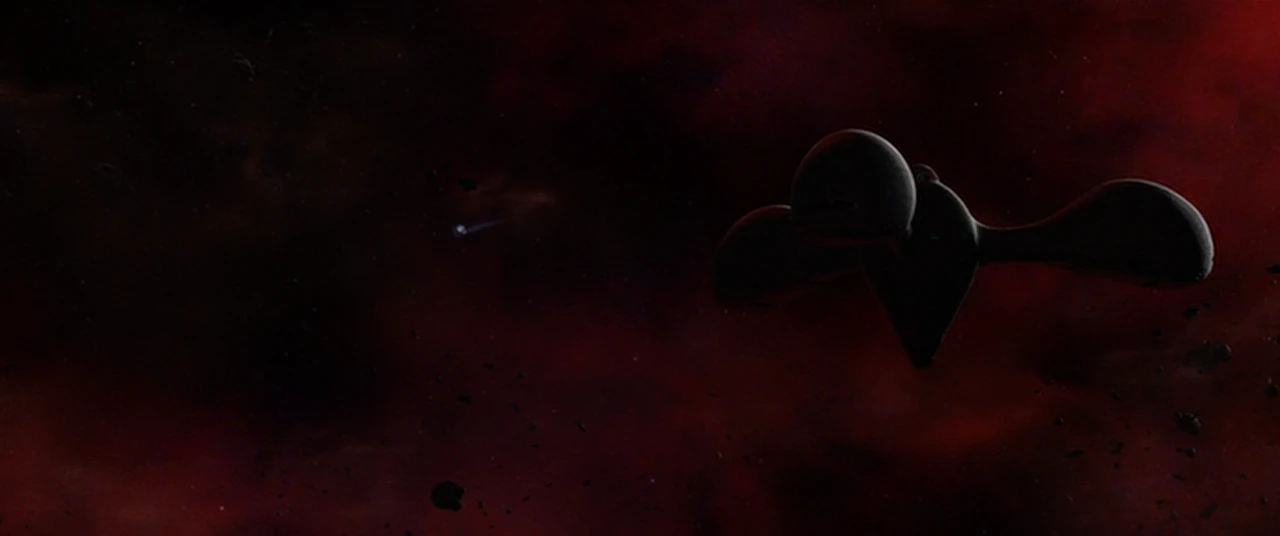
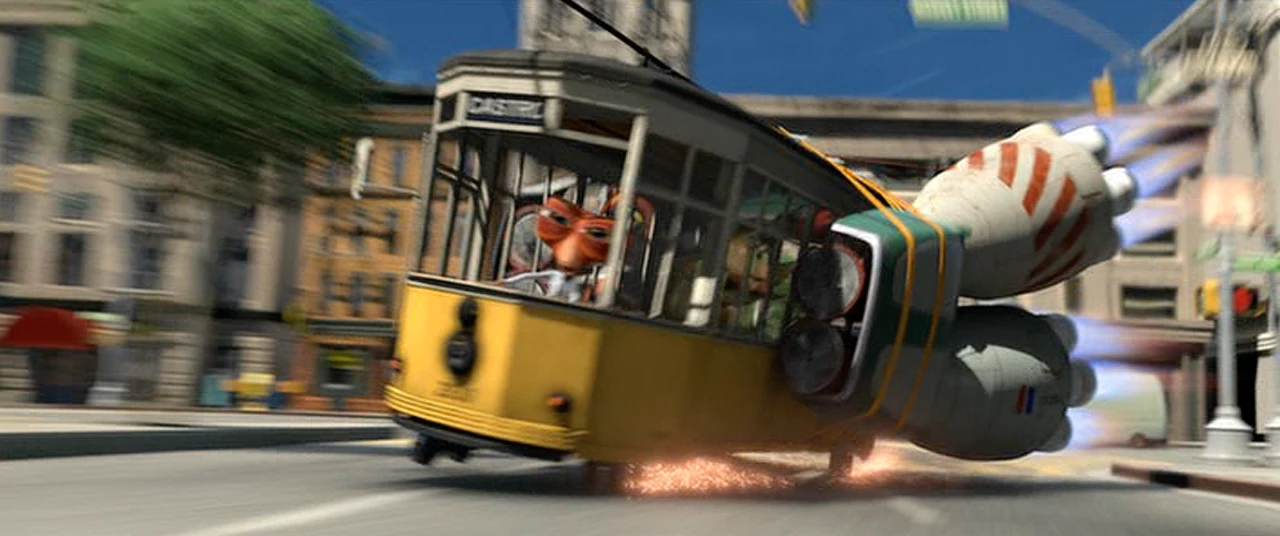
Leading Edge
These effects were pushing the envelope when they were done in the aughts and we were working for some of the pioneers of the field.
A Hollywood effects film is big investment that's intended to wow an audience with spectacle and story. Other projects have long lead and gestation times but it is a unique experience to work on projects that aim to be culturally significant and spectacular in 2-3 years.
